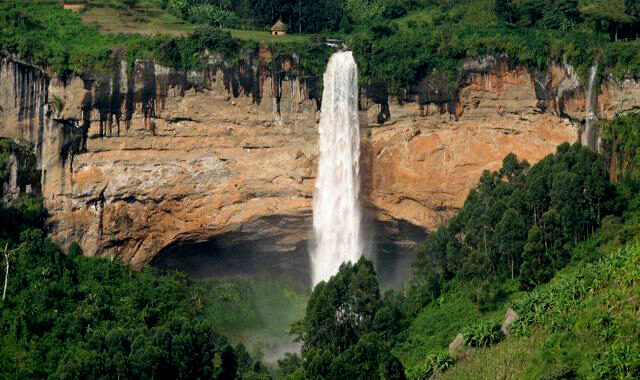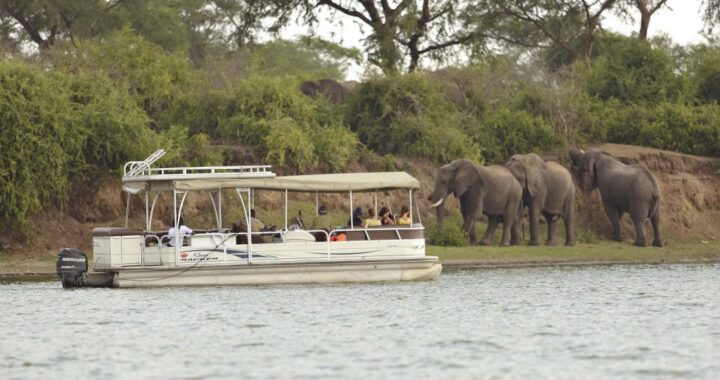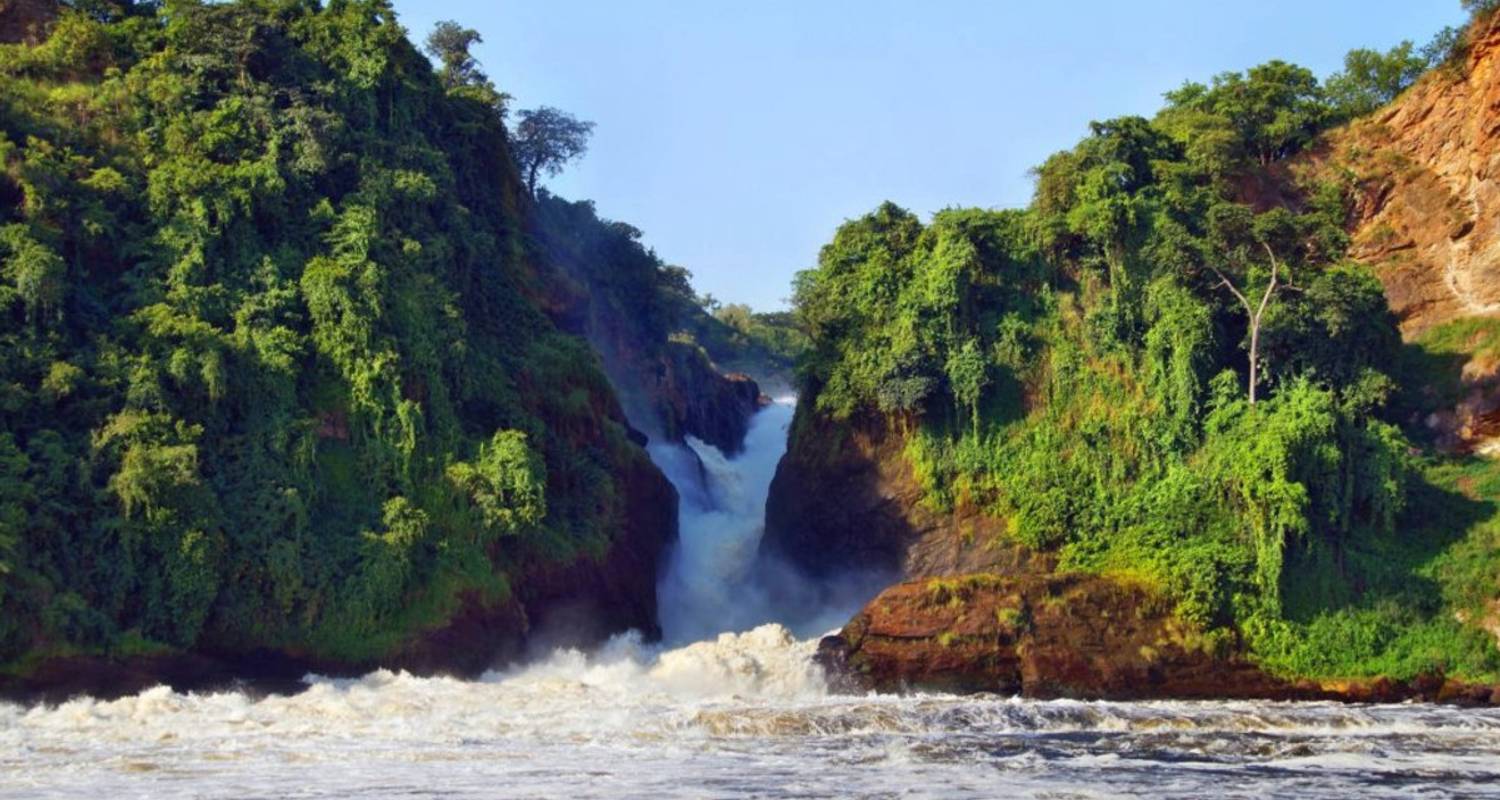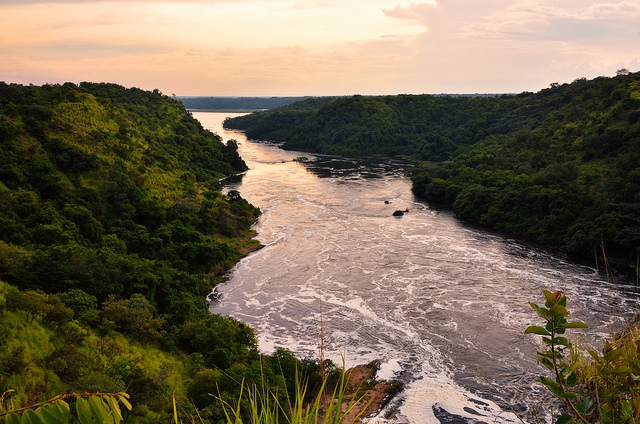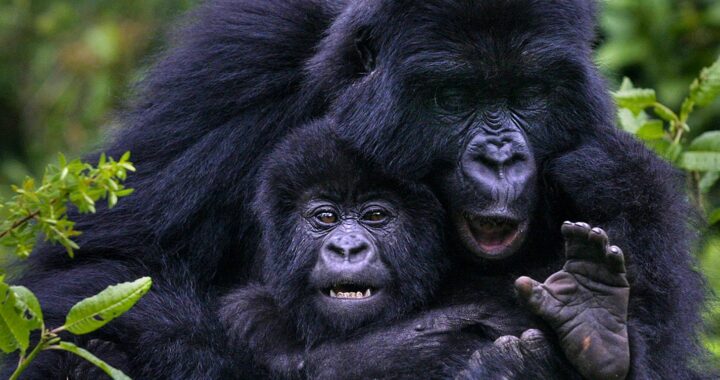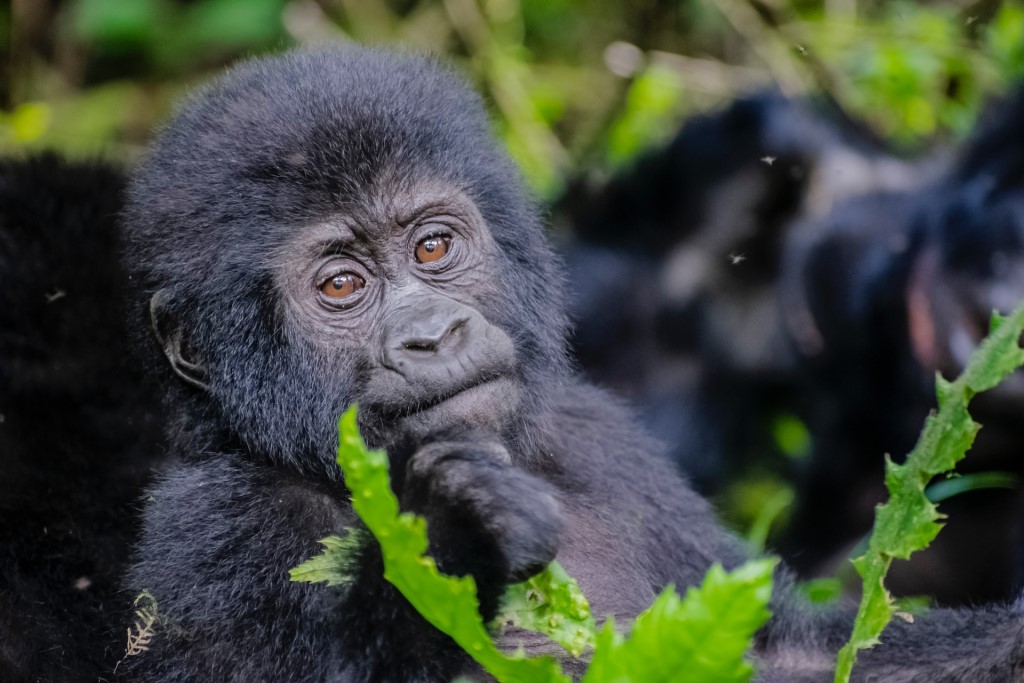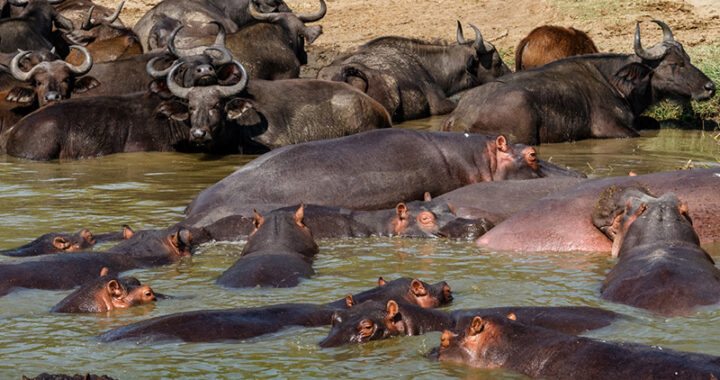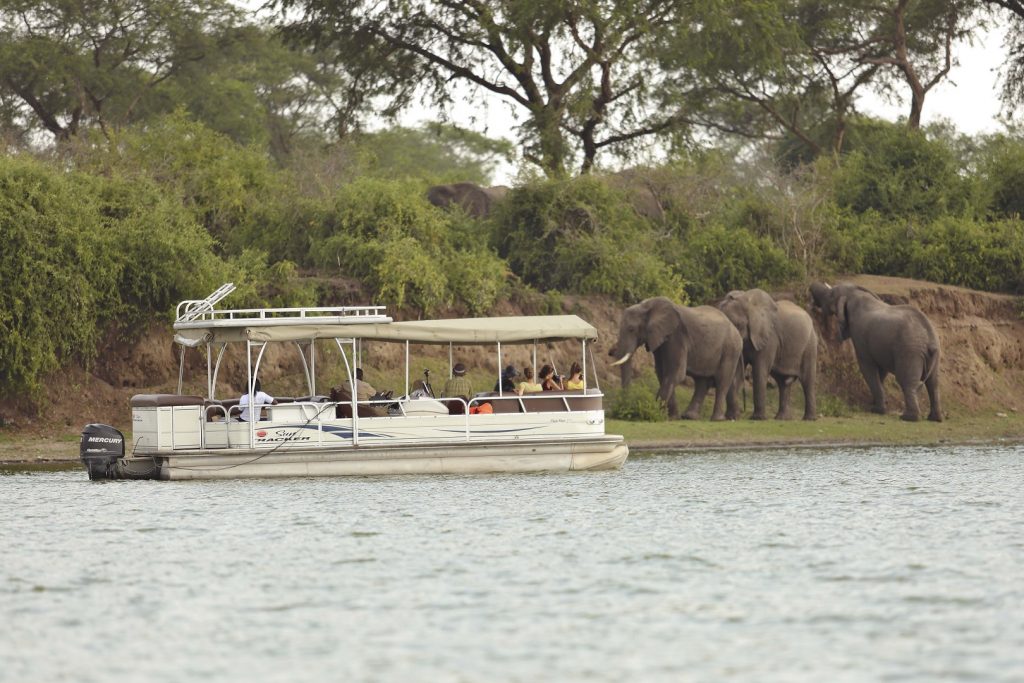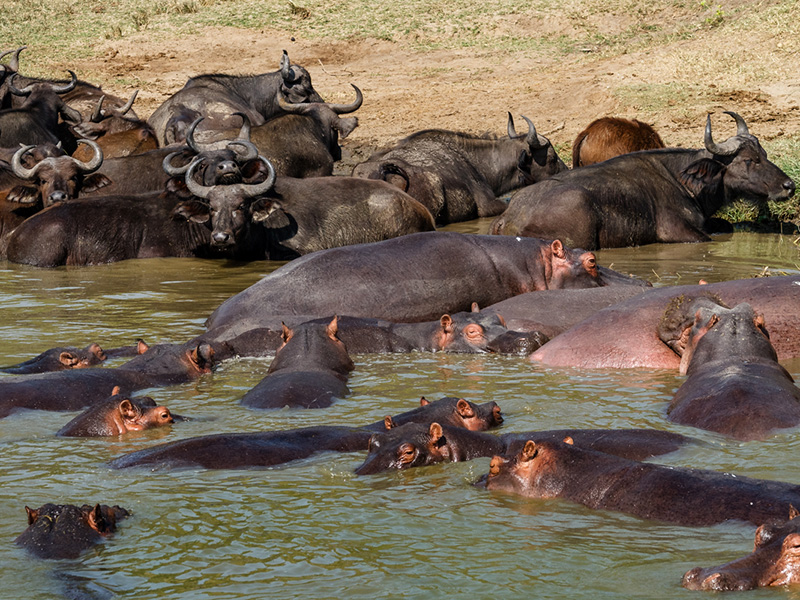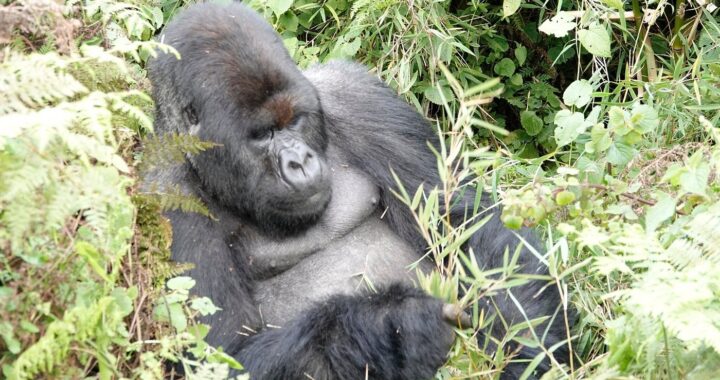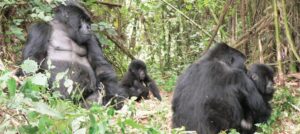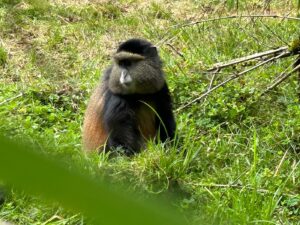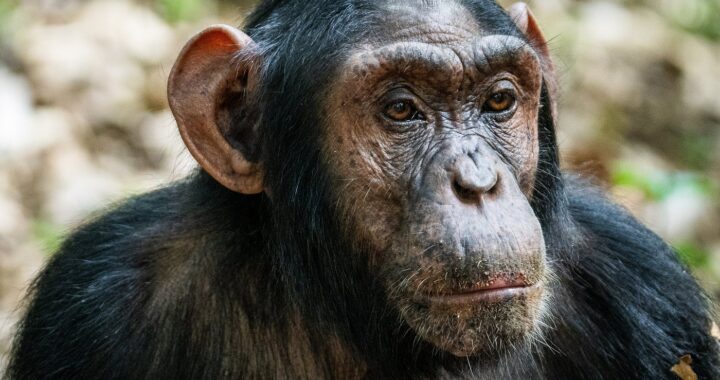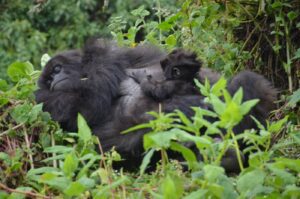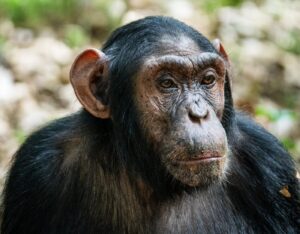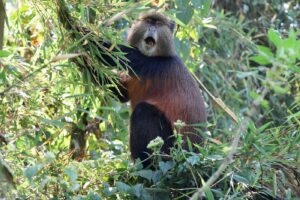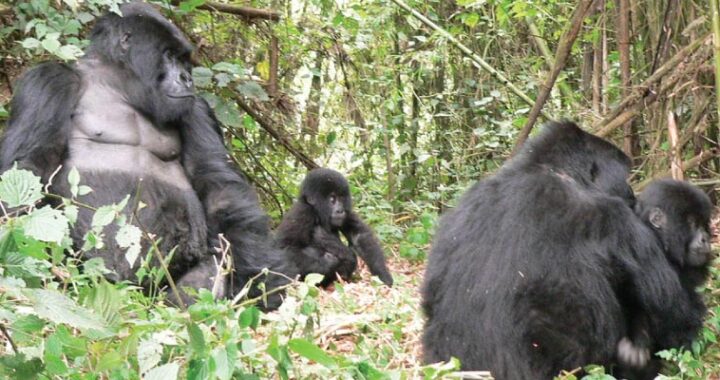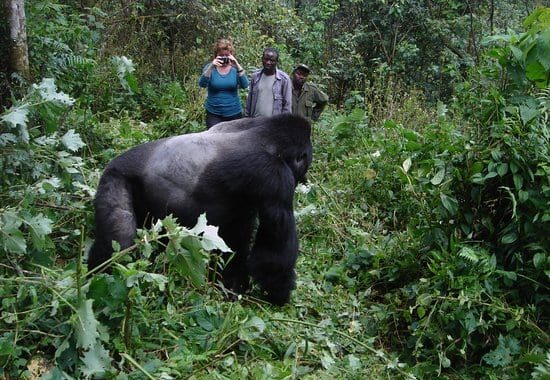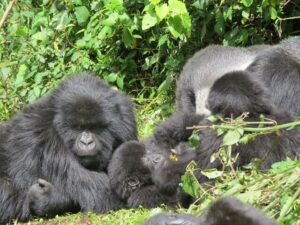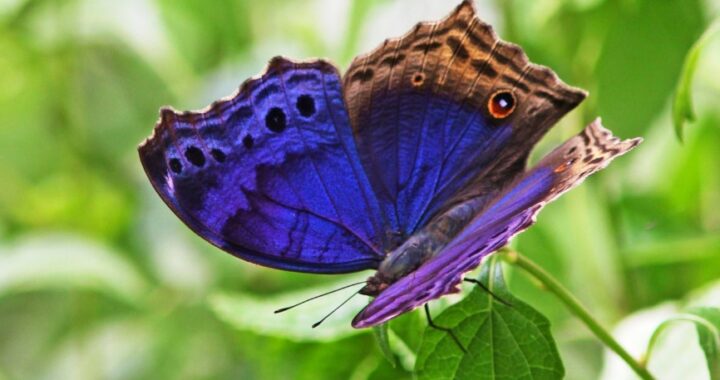The Sipi Falls Uganda are a phenomenon to many visitors, both local and foreign, yearly. Regarded as one of the most romantic places in Uganda,the falls are a series of three prominent waterfalls, with the longest drops as high 100m. The second waterfall drops 75m below and has upper cascades before the plunge. The third water fall measures 85m and is tall and columnar.
Sipi Falls Uganda
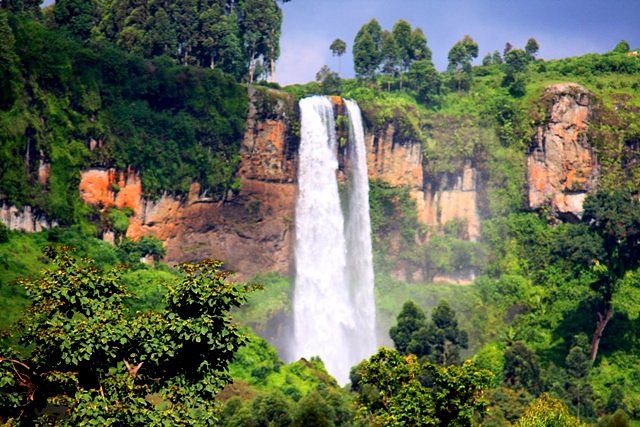
It has a vigorous flow with mist and even creates mini rainbows when the sun hits it! However, there are countless other less prominent falls nearby. They can be a wonderful place to bring a loved one to spend some quality time together. The falls pick their water as it flows from the slopes of Mountain Elgon.Located in Eastern Uganda in Kapchorwa District, North East of Mbale and Sironko, coordinates: 1.20’16’N 34.22’46’E, the falls are situated at the edge of Mount Elgon National Park near the Kenyan border 55km north of Mbale District.
Sipi Falls Uganda is also usually the starting point for many hikers looking to scale Mountain Elgon. The falls are also popular for the cool weather, the ice cold water which some describe as healing when dove into and the Bugisu Arabica coffee plantations nearby. Arabica coffee is known to grow at altitudes of about 1600m.
The breathtaking waterfalls derive their name from the Sipi River which in turn was named after the local plant growing along the river banks called the “sep”. This plant resembles a type of wild banana with translucent green fronds with a bolt of crimson red used for medicinal purposes like treating measles and fever. Local folklore has it that British sightseers once found a lady picking wild plants in a nearby plantation and asked her the name of the falls. She thought they were asking the name of the plant so she replied, “Sep.”

When To Go To Sipi Falls Uganda
Sipi falls is a nice place to visit all year round. Uganda has tropical climate and this means that it is warm all year and has no drastic changes. Sipi falls itself is always cool, in fact cooler than all the areas around and is a wonderful place to visit to escape the hustle and bustle of city life. As mentioned before a swim in the Sipi waters can be next to heavenly and the environment is good for meditation. The scenery will have you thanking God for his creation.
Where To Lodge When In Sipi Falls Uganda
Sipi falls has many safari lodges around the area that you can stay at to enjoy the cool environment in the area and relax and wind down. In case you are backpacking, the Crow’s Nest is a good place to stay. Cows Nest is situated 2000m on the slopes of mountain Elgon. It offers a stunning view of the Sipi falls and the slopes of the mountain. It is made up of a number of dome tents and provides very little luxuries and is thus perfect if on a small budget.
And if you have a little more money to spend, the resorts and hotels can be a good place to lay your head. These include Sipi Falls Resort which is located within the Mount Elgon National Park. The resort is made up of self-contained grass thatched huts which will heighten your enjoyment by sleeping the way the indigenous people of the country used to. The resort also has a view of the falls and the fantastic Karimajong plains. You could also stay at the Sipi River Lodge which is made up of luxurious cottages with very tasteful décor and is perfect if you prefer a quality night in. other resorts include Mbale resort hotel, Lacam lodge, Mount Elgon hotel and Noah’s ark hotel among others.
Activities To Do At Sipi Falls Uganda
Hiking Sipi Falls Uganda
Hiking. Hiking is a very good option for tourists who go to Sipi falls. You can pick from numerous popular waterfall walks. These can be as short and simple as 15 minutes or as strenuous as hikes all day. However the cool breeze of the Sipi falls will offer a lot of comfort.
Sipi Arabica Coffee
The Arabica coffee plantations are also a marvel for many tourists who come to Sipi falls. The plantations are set mainly around mountain elgon which has volcanic soils which are perfect for this type of coffee coupled with the cool weather to ensure healthy coffee plants. The plantations are found in the Bugisu region and you will have fun hanging out and meeting all the people in the coffee production chain like the farmers, processors, exporters and roasters among others. You can even partake in the roasting and sorting yourself as you prepare your own cup of coffee straight from the source. The coffee is some of the best coffees on earth and is daily winning respect world over. You will appreciate the process and every cup will be more enjoyable. Visit a local coffee farmer to learn about his work and the life cycle of the crop.

Mount Elgon Expeditions
Mt Elgon is one of highest mountain continental and the second largest volcanic in the world measuring about 3000m above sea level and is imperious to the landscape. Hiking on this majestic giant can be a thrill to you as a thrill seeker.
Abseiling
Abseiling is the art of descending rock and slopes using a friction device attached to your harness. At Sipi falls abseiling descents can be organized at the Chebonet Falls and are made up of 15 sport climbing routes ranging from 10m – 35m. You can enjoy the descents and also have fun climbing all the way up. Make sure you have a climbing helmet and other gear before partaking.
The runner’s experience. At Sipi you can visit the home of the national running legends and trek or run the routes that they run and while there, you might as well take part and enjoy some of the Sebei culture like circumcision.
Bird Watching
The world renowned activity can be enjoyed at the Sipi. Get immersed in the beauty of the Ugandan wildlife and challenge yourself to spot as many species as you can. It will be both soothing and fun.
Fly Fishing
On a remote section of the Sipi River above the waterfall, you can learn and take part in the art of fly fishing which requires different techniques from other types of fishing, for example luring the fish with a “fly”.
Pian-Upe Wildlife Reserve
Take a look at the wild life at the Pian Upe and enjoy the diversity in the country. The reserve has some intriguing animals including the ostrich. Mountain biking. For the thrill chasers, mountain biking can be a great way to get the Sipi wind rushing through your hair. Enjoy the scenery as you whish past with speed and enjoy the time of your life.
Nyero Rock Paintings
The Nyero rock paintings in Kumi, two hours from Sipi falls are some of the most historical rock art in the nation. They are revered as a sacred place for the Gods and now hold a lot of Uganda’s and even the heritage of mankind. Immerse yourself in history and tour how the ancient people used to live through their art. Marvel at their advanced and artistic way of interpreting life.
GENERAL INFORMATION
ENTRY REQUIREMENTS:
On this Sipi Falls Uganda Safari, all visitors to Uganda must have a valid passport with at least 4 consecutive blanks pages. Any applicable visa and/or relevant documentation are the responsibility of the traveler. For further information on Visa requirements visitors are advised to contact their nearest Uganda Embassy or Consulate. Apply online here
LANGUAGE:
English
TIME:
GMT +3
VOLTAGE:
220 Volts/AC50Hz. Sockets are UK style, 3 pin square plugs. Power is from the UMEME in the city/major towns and generator with inverter back up in the Safari Lodges and Camps.
CURRENCY:
Foreign currency must be changed at the Bank, Bureau de Change, and Hotel/Safari lodge/Camp/Resort. Major Credit Cards, Master card, Visa, American Express, are usually accepted throughout the country. Where credit cards are accepted, the payment will normally be recorded in US$ regardless of the card’s default currency.
CLOTHING:
Dress is mainly informal and should be comfortable as well as practical. Something warm should be brought along for early morning and evenings. Safari clothes are available from hotels/lodges/camps.
BAGGAGE:
Where possible, travel light. Baggage space on safari is limited to medium suitcase or soft bag per person plus reasonable amount of hand luggage. There is 15 Kilogram per person limit on all flights to the wildlife sanctuaries. Excess luggage must be stored in your arrival hotel.
WATER:
You will find many different of opinion of what is safe and what is not. We recommend for peace of mind, to drink local Bottled Mineral water. It is important to drink plenty of water especially during the hotter months. We would recommend that guests drink at least 2 to 3 liters of water per day to limit the effects of dehydration.
HEALTH;
East Africa is a safe and secure destination; however, it is a good idea to take a few precautions. Kindly consult your GP or local doctor at least 6 weeks before you travel, with regards:
Malaria prophylactics. East Africa is a known malaria area and preventive measures are essential. You are advised to take one of the recommended anti-malarial drugs. Be sure to wear long sleeved shorts and trousers after sunset and spray the exposed parts of your body with a mosquito repellent spray
Remember to protect yourself from direct sun rays with sunscreen cream or safari hat.
DIETARY REQUIREMENTS:
For those guests with specific dietary requirement, please ensure we are notified prior to travel
GRATUITIES:
As a guideline and dependent on how happy you are, we would suggest the following:
The General Hotel/Lodge/Camp Staff – Approximately U$ 10.00 per person per day
Driver Guides – Approximately US$ 15.00 to US$ 20.00 per person per day
PHOTOGRAPHY:
Please be careful when photographing public buildings, airports, bridges, the national flag and people in uniform. Ensure that you have sought permission before photographing local people and their villages. If in doubt, please check with your guide.

